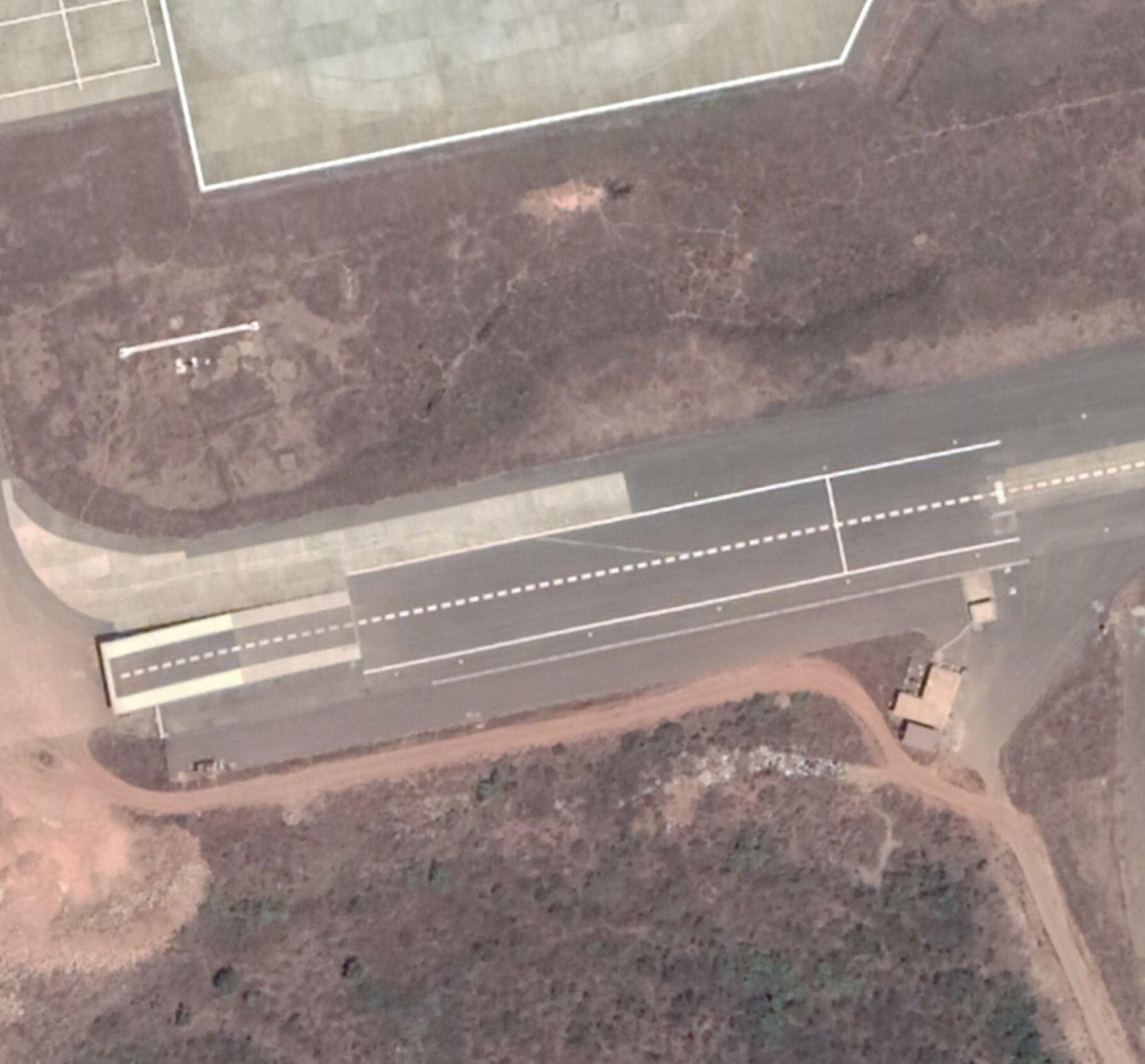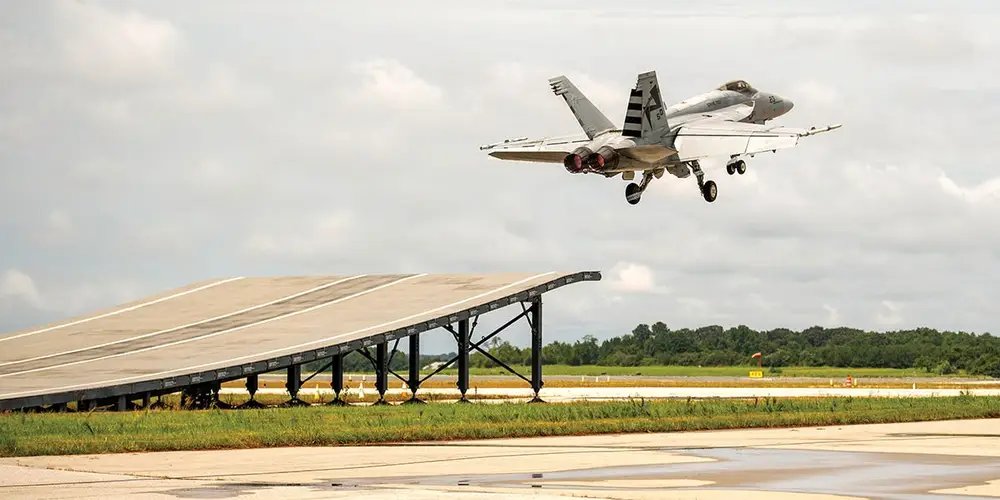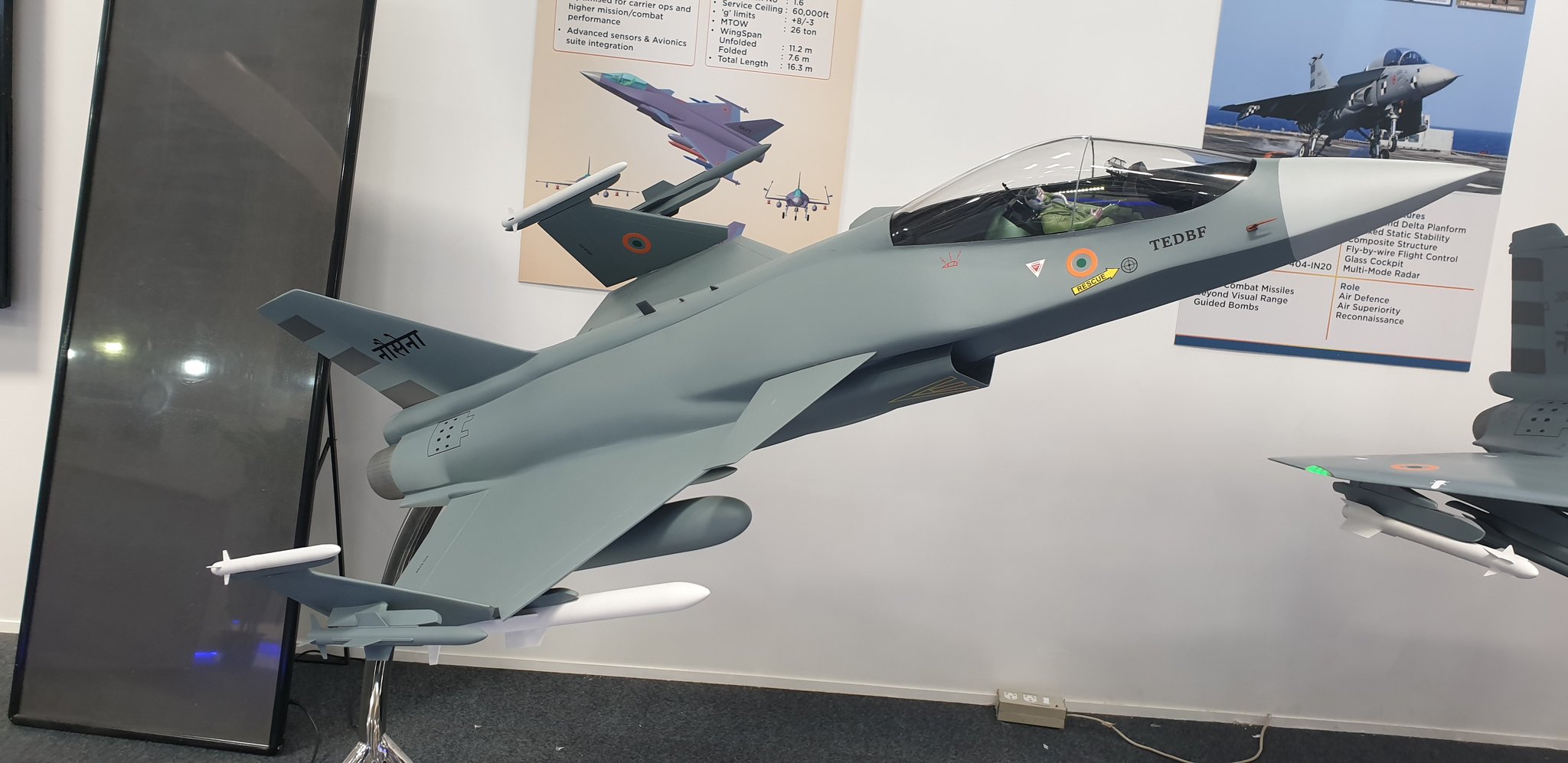Rafale reportedly losing ground to Super Hornet in Indian Navy competition
Technical hurdles are reportedly hampering Dassault Rafale’s position to win the contract to provide the Indian Navy with new airborne fighters, in which it competes against the Boeing Super Hornet.
The Indian Navy wants to acquire 26 multi-role carrier-borne fighters under the MRCBF program to form the embarked fighter wing of the new locally designed and built aircraft carrier INS Vikrant.
The French Dassault Rafale and the American Boeing F/A-18E/F Super Hornet are competing in this program. The navy already has more than 40 Russian MiG-29K/KUBs, but their chronic unreliability led to the search for a Western option.
Both the Rafale and the Super Hornet were tested at the Hansa base, where the Indian Navy has a Ski-jump runway to simulate take-off conditions from the aircraft carriers it operates.

And while the Rafale has the important advantage of already being operated by the Indian Air Force, according to the Indian Defense Research Wing (IDRW) site, there are technical aspects that would make it difficult to implement at INS Vikrant, and would favor the U.S. option.
Indigenous Aircraft Carrier (IAC) ‘Vikrant’ designed by #IndianNavy's Directorate of Naval Design being built at #CochinShipyardLimited, a PSU under @shipmin_india.
A shining example of #AtmaNirbharBharat mission with more than 76% indigenous content (1/n)https://t.co/tVEgOOnOkw pic.twitter.com/yci0cgiHAk— SpokespersonNavy (@indiannavy) August 4, 2021
First, the Rafale’s inability to fold its wings not only makes it take up more space on deck and in the hangar than a Super Hornet, but would also force the removal of the missile launcher rails from the wingtips to fit into the INS Vikrant’s elevators, which are narrower than those of French or American aircraft carriers. Quite an inconvenience.

On the other hand, given its limited production of less than 50 units (the only operator is the French Navy), the price of the Rafale M is higher than that of the conventional take-off versions operated by the French Air Force, India Air Force, and several export customers. Also, there are about 1400 Super Hornet cells produced, which would lower certain operating costs, due to economies of scale.
Another aspect that would favor the choice of the Super Hornet is the engine. The U.S. naval fighter uses two General Electric F414 engines, which is the same powerplant chosen by India to equip its own design of carrier based fighter, the Twin Engine Deck Based Fighter (TEDBF) for the Navy (which coincidentally bears a strong resemblance to the Rafale design) and which will also be the engine of the Air Force’s Tejas MkII. The F414 is expected to be manufactured in India under license from General Electric.

See also: SAFRAN to help develop engine for AMCA, the future Indian 5 gen fighter
But, it is also true that SAFRAN, the manufacturer of the M-88 engine that equips the Rafale, was selected by India to provide technical assistance in the development of the propulsion system of the AMCA, the future indigenously developed fifth-generation fighter. The French presence in India’s defense industry will therefore be guaranteed for many years to come.

/https://aviacionlinecdn.eleco.com.ar/media/2022/01/Rafale-M-despegue.jpeg)

Para comentar, debés estar registradoPor favor, iniciá sesión